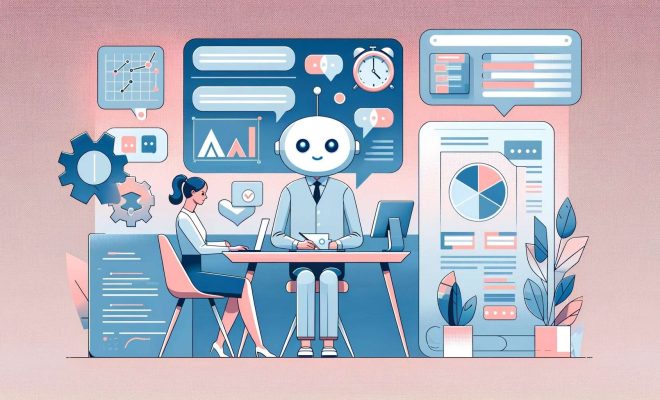What Teachers Can Expect from Machine Learning

Using technology to digitize textbooks or create worksheet PDFs is uninspiring. It also doesn’t make the best use of technology’s potential in our classrooms.
The real power of technology lies in machine learning. This concept of teaching a computer to think and act on its own volition is part of the push to create artificial intelligence. For some people, the thought of AI in the classroom is scary. Others, however, see the potential of AI to transform education.
Artificial intelligence mimics human actions and decision-making. Ever adjusting its responses to stimuli, dynamic machine learning adapts itself to circumstances.
The process of creating artificial intelligence is an involved one. AI relies on machine learning (optimized algorithms), which in turn, encapsulates deep learning (layers of mathematical formulas). The process – deep learning, machine learning, and artificial intelligence – is like a series of Russian nesting dolls. As thinking capacity increases, so does the size of the doll.
Machine learning is still a newbie in the education industry, but it’s growing up fast. This form of artificial intelligence brings benefits in several areas.
Experiential learning
Artificial intelligence simulates learning in ways that a textbook never can. Reading requires the use of one sense (visual), but experiential learning, in the form of virtual reality, requires the use of multiple senses.
Students enrolled in the Mandarin Project, for example, engage in immersive learning to practice their Mandarin skills. Available scenarios include a restaurant and a tai chi class where students communicate with a machine-learned Mandarin-speaking chatbot. At the simulated restaurant, students stand in a virtual room where a chatbot offers to seat them at a table. It takes their food order, assisting with Mandarin tone and delivery. Students can practice pronunciation and grammar without the fear of harsh judgment from native speakers.
Real-time data analytics
Classrooms are already devoting resources to machine learning adoption. Teachers use this form of artificial intelligence to predict students’ performance, evaluate progress objectively, improve learning and retention, and more.
Many schools have allocated resources for learning management systems and tutorial programs that identify student strengths and weaknesses. This effort helps learners improve their understanding of concepts.
Mental health predictions
Machine learning enables researchers to accurately predict the likelihood of developing mental illness, especially post-traumatic-stress-disorder (PTSD).
In recent years, educators have seen an increase in the number of students experiencing mental illness. More than half of school-age children experience at least one traumatic episode before they are sixteen years old. Early identification of diseases like PTSD may allow for prevention of the diagnosis.
Final thoughts
You are witnessing the beginning of an educational revolution in how we teach, learn, and respond to student needs.
As much as we have begun to rely on machine learning for instructional decision-making, AI is still developing and growing. It brings with it significant challenges, like the potential for bias, but we can work on that.
Education has long been in need of total transformation. Artificial intelligence and machine learning may be the catalyst needed for this metamorphosis.






